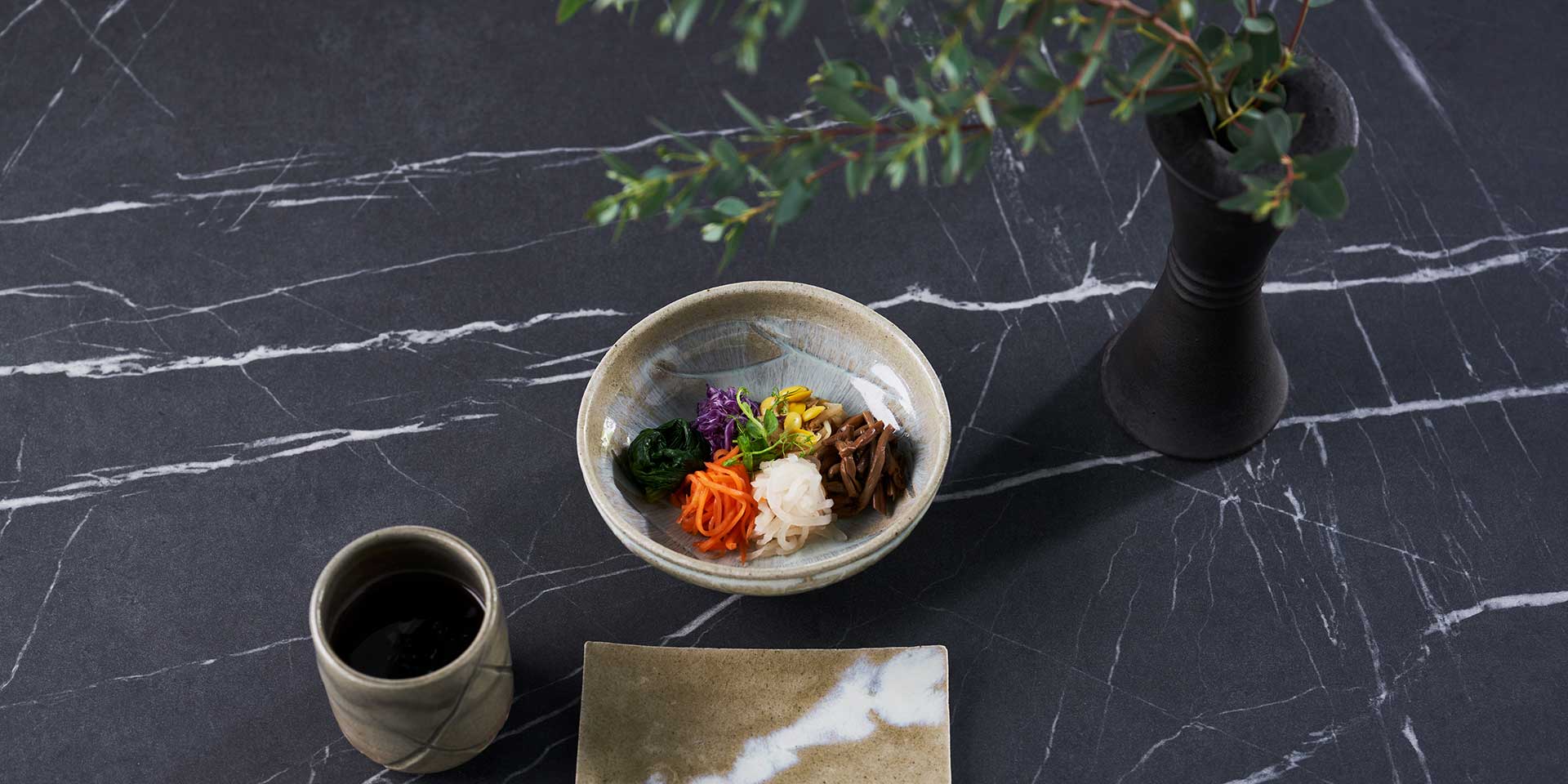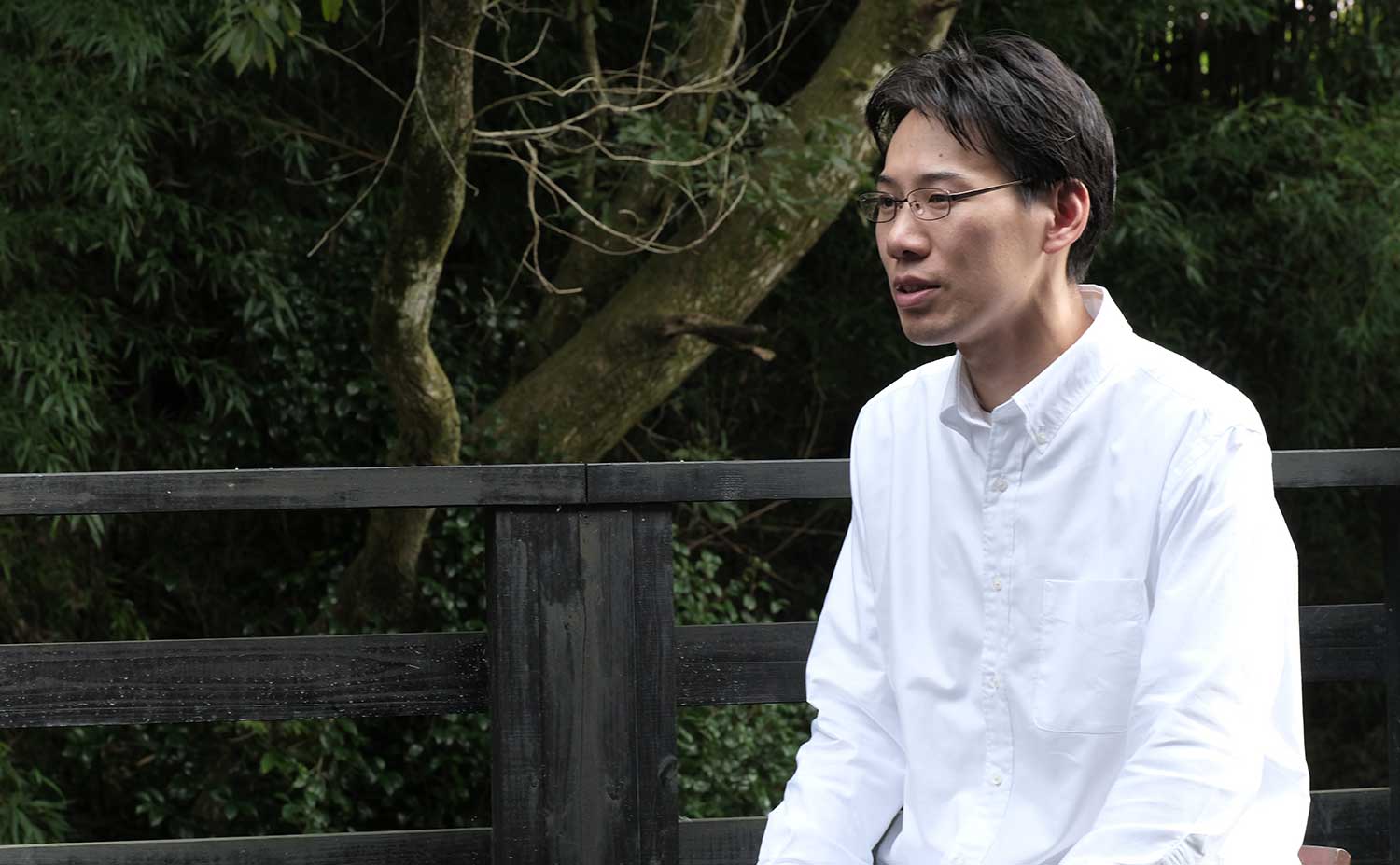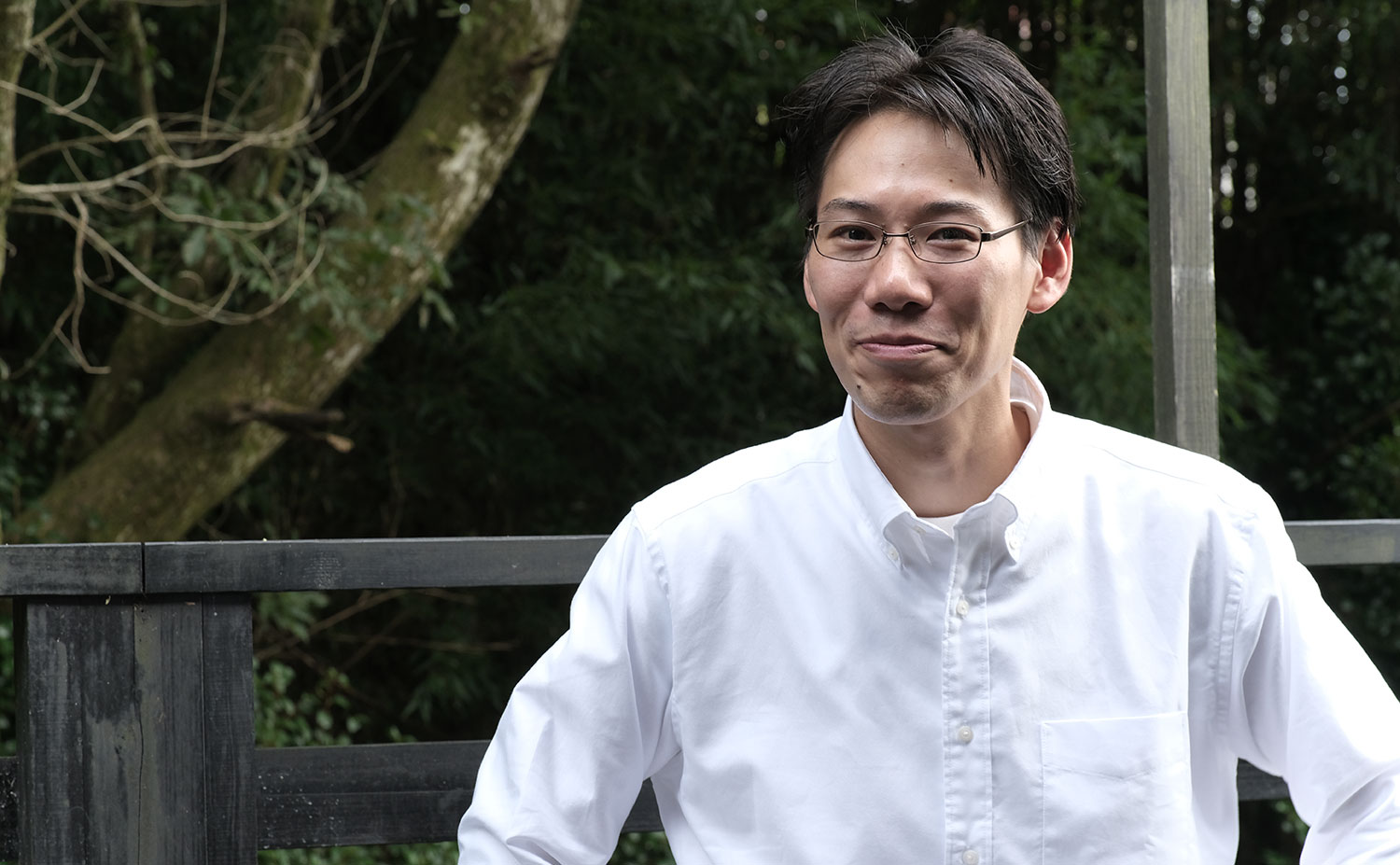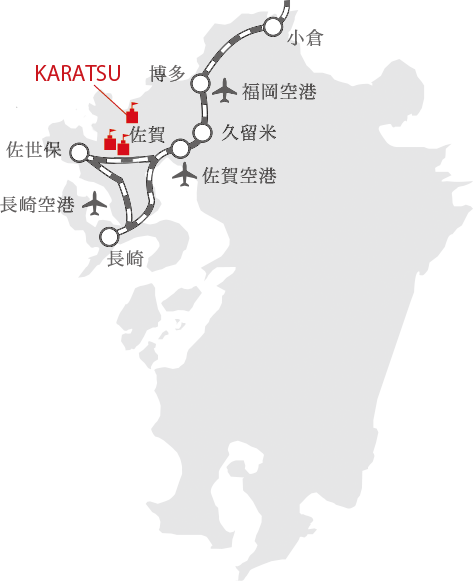TORISUGAMA



Basically, I present my works mainly in solo exhibitions. I also take orders for my past works if there is a request. There are also many customers who visit the kiln directly.
I hold four solo exhibitions throughout a year in Tokyo, Kyoto, Osaka, and Fukuoka.
Since the finished product varies depending on the result of each firing, it is difficult to make pottery that is exactly the same, so I ask for understanding about some differences in color and shape.
Those raw materials have completely different characteristics depending on the region and the degree of weathering.
Currently, I handle 30 to 40 different types of clay, and I change the clay depending on the vessel that I create. I also blend the clay to make the most of its characteristics.
When I was looking for a kiln, I happened to meet a person who was letting go of his own and I took over that ascending kiln which had been used for about 40 years. Currently, I fire about four times a year in it. I can make almost 1,000 pieces at a time, but I usually fire about 500 pieces at a time.
There are three main reasons. The first was an encounter with a respected master, the second was being attracted by the materials in the mountains of Karatsu, and the third is because of the history of Karatsu ware.

In college, I majored in aesthetics and art history, but I couldn’t give up the desire to be a creator. While I was looking for a job that would allow me to make things on my own, other crafts were candidates, but when I experienced the potter’s wheel for the first time, I had a startling intuition and chose to become a potter.
My desire is to create vessels that will not look inferior even if they are used together with antique masterpieces in a solemn place such as Japanese cuisine, Kaiseki (Japanese cuisine brought in courses), or tea ceremony.
I like to look at art in general, but in particular, I think the quality of the Seto ware, Oribe ware, Shino ware, Bizen ware, and Raku ware, and so on, that were made in the Momoyama period (1568-1600) is stunning.
The reason why I think they are amazing is because when you look at them, you cannot take your eyes off them, and you feel like you are not just looking at a tea bowl, but are looking at a complex piece of nature.
I strive to create ceramics that will give the same impression and will touch the hearts of the people who see my work. Through my work, I also hope to touch upon the essence of such emotions.
I have always had respect for antique works, regardless of the field. I consider the ancient Karatsu ware, which is Karatsu ware from the Momoyama period, to be a starting point for my work.
My vessels, that are made from natural materials collected from the mountains and fired in an ascending kiln using firewood, try to encapsulate some of the complex phenomena of nature. Among these complex phenomena, I like to extract the ones that I think are the most beautiful and express them in my work.
It would be the ultimate happiness for me if I could create vessels that helped people to sharpen their senses and create opportunities for them to notice the beauty of nature that dwells in the ingredients of the dishes, the beauty of the arranged flowers, and the beauty of the nature around them as they use my vessels.
After five years of training as a potter, he opened the Torisugama in 2012.
He collects natural raw materials by himself and uses “an ascending kiln and a kick wheel” to create his works with traditional methods that are rooted in the past.
First solo exhibition at the gallery “Hirono” in 2014.
Also featured in a special issue on Karatsu ware in the ceramic magazine “HONOHO GEIJUTSU”
His works are chosen by pottery fans, three-star Michelin chefs, and others.
| Masahiro KISHIDA | |
|---|---|
| 1983 | Born in Fuji city, Shizuoka prefecture |
| 2006 | B.A. in Aesthetics and Science of Arts, Faculty of Letters, Keio University |
| 2007 | Learned the basics of pottery in Karatsu |
| 2009 | Apprenticed himself to Kiyomi KAWAKAMI |
| 2012 | Established his own kiln in Torisu, Hamatama machi, Karatsu city
Since then, he has been holding solo exhibitions at galleries and department stores throughout Japan. |

| Company Name | TORISUGAMA |
|---|---|
| President | Masahiro KISHIDA |
| Address | 885-1 Torisu, Hamatama machi, Karatsu city, Saga, 849-5113, JAPAN |
| Tel/Fax | +81-955-58-2111 |
| Official website | https://masahiro-kishida.jp/ |